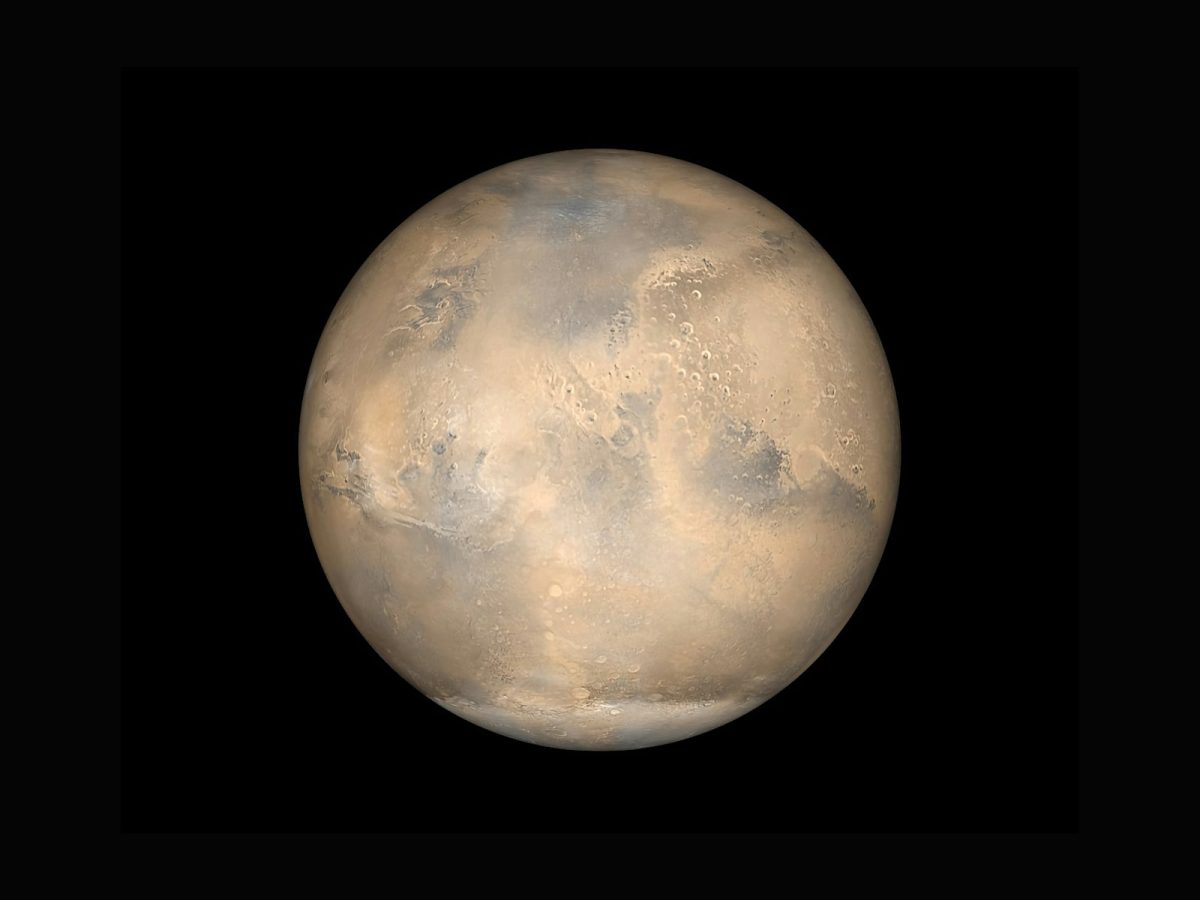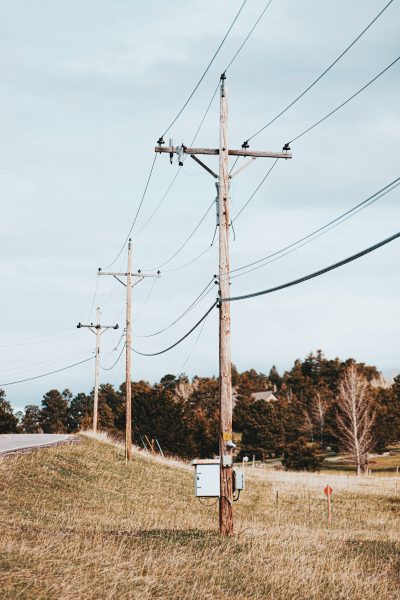Water Hyacinths: Meddlesome to Multipurposed
How Civilizations Created Jobs From An Invasive Species

Eichhornia crassipes (water hyacinth), a noxious weed that devastates watersheds and local communities (Image credits: Wikipedia)
(Abstract) As invasive species spread across the world at a pace increasingly difficult to keep up with, what will people do to fix this issue? And will they be able to?
Water hyacinth, Eichhornia crassipes, is a free-floating aquatic plant native to the North Amazon Basin, spread around the world as an ornamental plant in the early 20th century. However, it began holding native ecosystems in a chokehold with its rapid reproduction, clogging up watersheds with its thick mats of vegetation that suffocate all life below. The thick vegetation that forms above water also prevents watershed navigation, swimming, fishing, and other recreational activities that are essential to livelihoods and economies (such as the Tonlé Sap).
Even though the effects of water hyacinth are devastating to whole areas of land and to the people around them, people around the world are finding ways to utilize the noxious weed to their advantages. As slow as containment and destruction efforts are, civilization has developed many ways of using the plant to create not just something more but also jobs and livelihoods.
In Bangladesh, locals farm atop mats formed from the hydrophyte. A brand in Thailand (ผ้าทอมือผักตบชวา Ayothaya BRAND) processes the plant to make fabric. Harvesters in Lake Victoria, Kenya run expensive but fruitful operations turning the invasive plant into biogas & compost. An effort in Bayelsa, Nigeria employs women to make handicraft from dried weeds. Similar to the Bayelsa effort, Rokhak employs women in Cambodia to dry & steam stems to weave into baskets, coasters, and handbags. In the Philippines, this plant is used as mushroom growing substrate. Lastly, experiments have shown that in normal conditions, +200 tonnes per hectare of biomass can be produced & in high-sewage water, that amount increases to +650 tonnes per hectare of biomass; water hyacinth has also been shown to be a possible feedstock to generate biodiesel or biofuel.
As much of a pest this weed can be, civilization is finding solutions to use this species for good for now, giving jobs and more sustainable sources for consumer products. For now, we can use these methods to help get rid of this problem while empowering communities and leaving behind a more environmentally friendly future.
Citations:
https://www.ijern.com/journal/October-2013/39.pdf
https://www.gaiadiscovery.com/planet/water-hyacinth-plague-to-carbon-positive
https://www.youtube.com/watchv=g83Fu0R2GGM
https://www.canr.msu.edu/news/national_invasive_species_awareness_week_water_hyacinth_bohling16#:~:text=How%20it%20is%20spread%3A%20The,over%20600%20within%203%20months!
https://www.sciencedirect.com/science/article/pii/B9780128159989000191#s0035
https://www.sciencedirect.com/science/article/pii/B9780123847195002392
https://www.sciencedirect.com/science/article/pii/B9780128197233000123#s0075
https://www.sciencedirect.com/science/article/pii/B9780128212646000097
https://www.sciencedirect.com/science/article/pii/S2589299120300082#:~:text=Due%20to%20its%20many%20favourable,for%20producing%20biodiesel%20or%20biofuel.
https://www.invasivespeciesinfo.gov/aquatic/plants/water-hyacinth
https://plants.ifas.ufl.edu/plant-directory/eichhornia-crassipes/
See Also (Related/Read More):
https://www.sciencedirect.com/topics/earth-and-planetary-sciences/water-hyacinth
https://www.sciencedirect.com/science/article/pii/B9780128161203000051#sec0003
https://www.sciencedirect.com/science/article/pii/B9780080454054000793
https://library.uniteddiversity.coop/Water_and_Sanitation/water_hyacinth_control.pdf
https://india.mongabay.com/2018/01/researchers-innovate-to-generate-money-out-of-water-hyacinth/
https://earthobservatory.nasa.gov/blogs/earthmatters/2016/06/01/seven-things-you-didnt-know-about-water-hyacinth/























